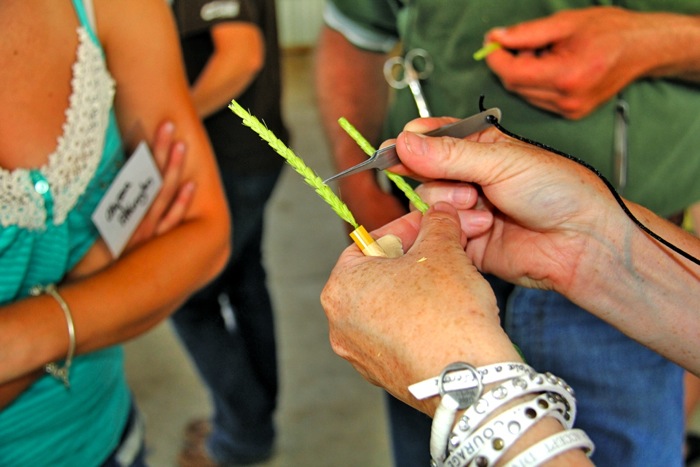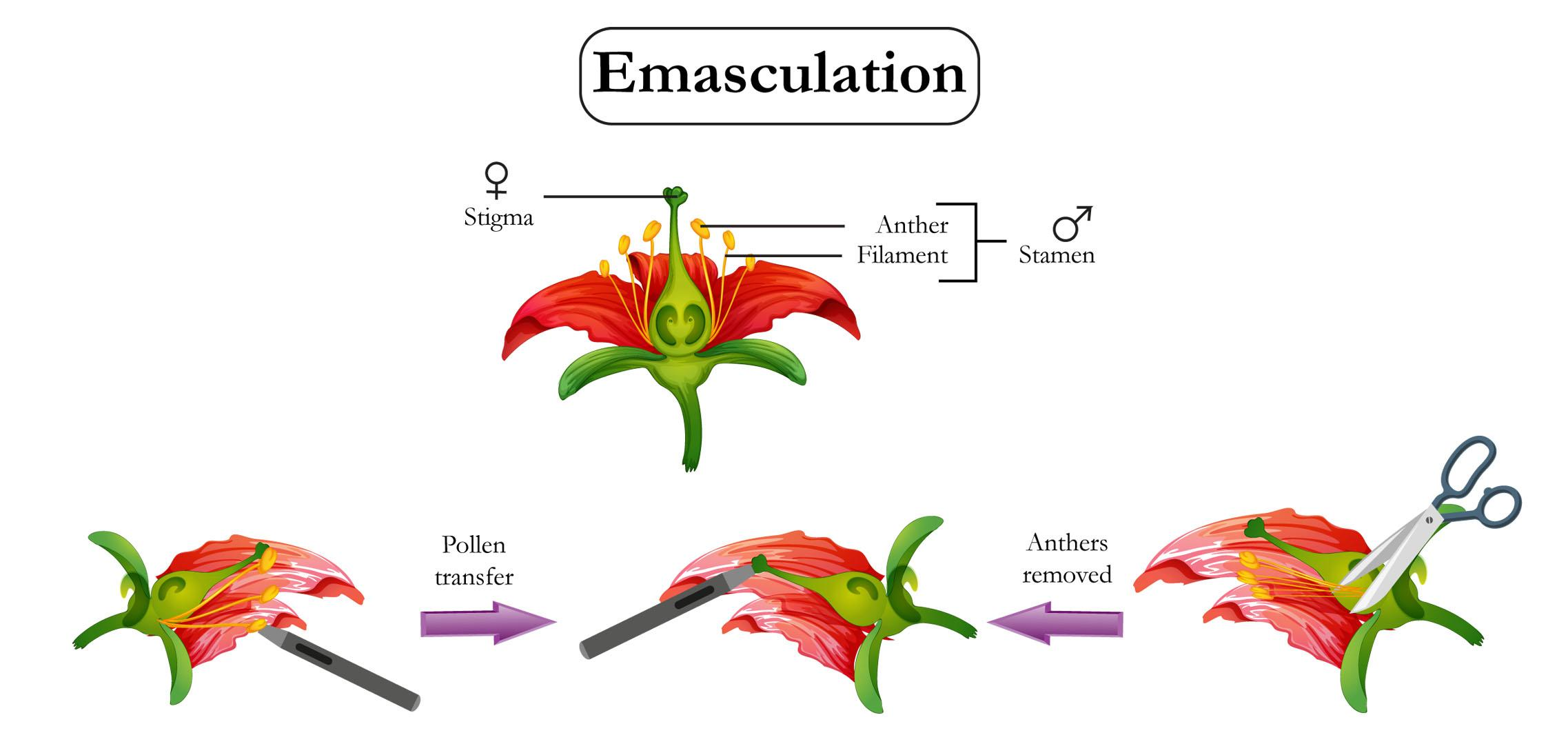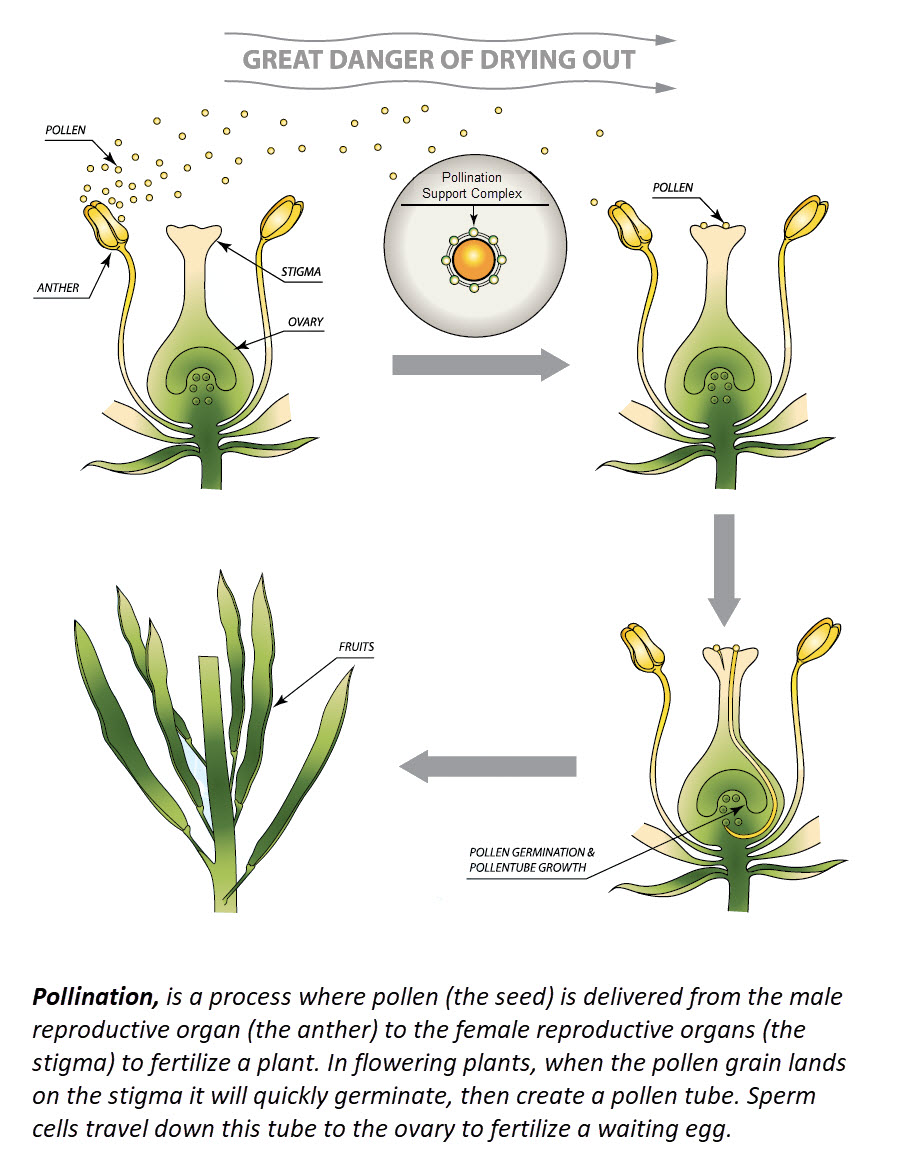Emasculation And Pollination Techniques In Field Crops Presentation
| Introduction to Emasculation and Pollination Techniques in Field Crops | ||
|---|---|---|
| Emasculation is a technique used in plant breeding to prevent self-pollination and enable controlled cross-pollination. Pollination is the transfer of pollen from the male reproductive organs to the female reproductive organs of a plant. Proper emasculation and pollination techniques are essential for successful crop hybridization and seed production. | ||
| 1 | ||
| Emasculation Techniques in Field Crops | ||
|---|---|---|
| Emasculation involves removing or disabling the male reproductive organs, such as stamens or anthers, to prevent self-pollination. Techniques include physically removing the anthers, applying chemicals to inhibit pollen production, or using genetic modifications. Emasculation is commonly done before the flowers open to reduce the risk of accidental pollination. | ||
| 2 | ||
| Benefits of Emasculation in Field Crops | ||
|---|---|---|
| Emasculation allows breeders to control pollination, ensuring desired traits are passed on to the next generation. It prevents unwanted self-pollination, which can lead to inbreeding depression and reduced genetic diversity. Emasculation enables the creation of hybrid varieties with improved characteristics, such as disease resistance, yield potential, or quality traits. | ||
| 3 | ||
| Pollination Techniques in Field Crops | ||
|---|---|---|
| Natural pollination occurs through wind, water, or insects, but controlled pollination is often preferred in field crops. Hand pollination involves manually transferring pollen from the male to the female reproductive organs using a brush, tweezers, or other tools. In some crops, such as corn, specialized equipment like pollination bags or tassels are used to isolate and control pollination. | ||
| 4 | ||
| Importance of Pollination in Field Crops | ||
|---|---|---|
| Pollination is crucial for fertilization and the production of seeds in field crops. It facilitates genetic recombination, leading to the creation of new and improved varieties. Proper pollination ensures optimal fruit or seed set, ultimately impacting crop yield and quality. | ||
| 5 | ||
| Challenges in Emasculation and Pollination | ||
|---|---|---|
| Emasculation and pollination techniques can be time-consuming and labor-intensive, especially in large-scale farming operations. Contamination from unwanted pollen can occur, compromising the purity of the desired cross. Environmental factors, such as wind or rain, can affect the success of emasculation and pollination in field crops. | ||
| 6 | ||
| Best Practices for Emasculation and Pollination | ||
|---|---|---|
| Proper timing is essential for emasculation to prevent self-pollination and ensure receptive female flowers. Maintaining cleanliness and using sterilized tools reduce the risk of contamination during emasculation and pollination. Monitoring weather conditions and protecting flowers from external factors can improve the success of pollination. | ||
| 7 | ||
| Conclusion | ||
|---|---|---|
| Emasculation and pollination techniques are crucial in field crop breeding and seed production. These techniques allow breeders to control pollination and create new varieties with desired traits. By understanding and implementing best practices, farmers and breeders can optimize the success of emasculation and pollination in field crops. | ||
| 8 | ||




